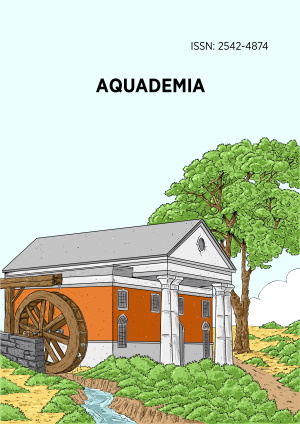Abstract
The present work is an attempt at a bibliographic overview in the field of paleontology and specifically in the field of fossils regarding their value and connection with history and mythology, and how it has been used to teach theory of evolution through natural selection (TENS) in a university course. To make our case, we use as our paradigm two well-known historical locations of Greece, namely Thermopiles and Marathon. The area of Marathon includes the location of Pikermi, which is very well known for its fossils that historically have been one of the first locations rich in fossils that have been studied so extensively. Before we make a short tour of other similar locations of the Greek peninsula that are good cases for teaching evolution using paleontology, we present an example of how fossils can be formed via sedimentation. For that, we are using the case of Thermopile, while in antiquity was chosen as the field of the famous battle as it was a very narrow strip of land between the mountain and the sea, nowadays, due to sedimentary alluvial deposits, has become a rather large field. To make the reader familiar with the fossils found around Greece and their topology, we present a short tour and some history about the fossils found throughout its territory. And finally, we argue about how the fossils and the museum education could be used to prepare the pupils for first contact with TENS.
License
This is an open access article distributed under the Creative Commons Attribution License which permits unrestricted use, distribution, and reproduction in any medium, provided the original work is properly cited.
Article Type: Review Article
AQUADEMIA, Volume 7, Issue 1, 2023, Article No: ep23003
https://doi.org/10.30935/aquademia/13119
Publication date: 26 Mar 2023
Article Views: 1910
Article Downloads: 1121
Open Access References How to cite this article
 Full Text (PDF)
Full Text (PDF)